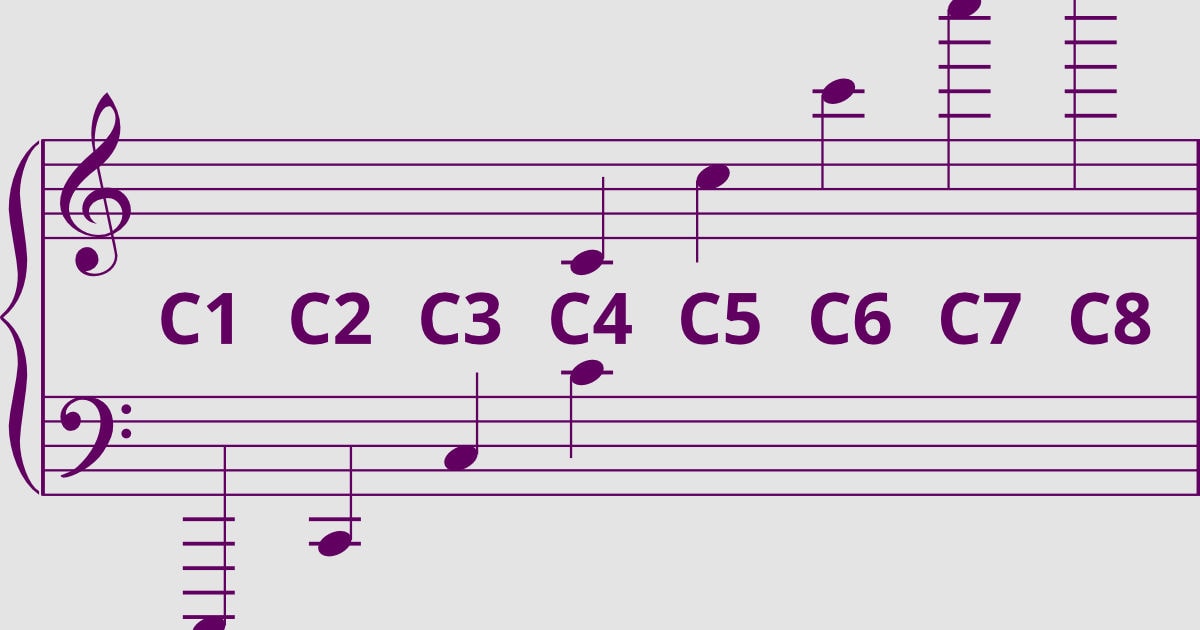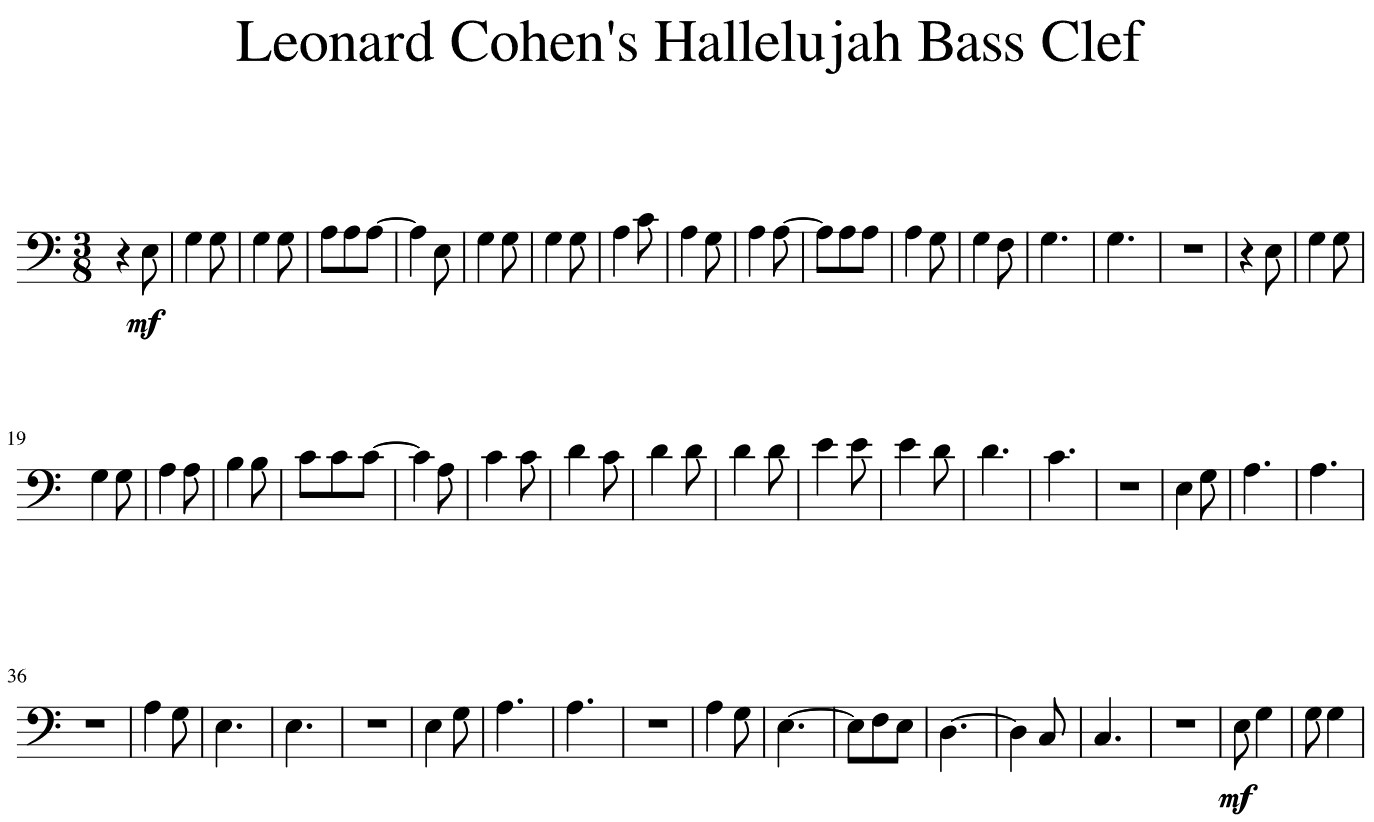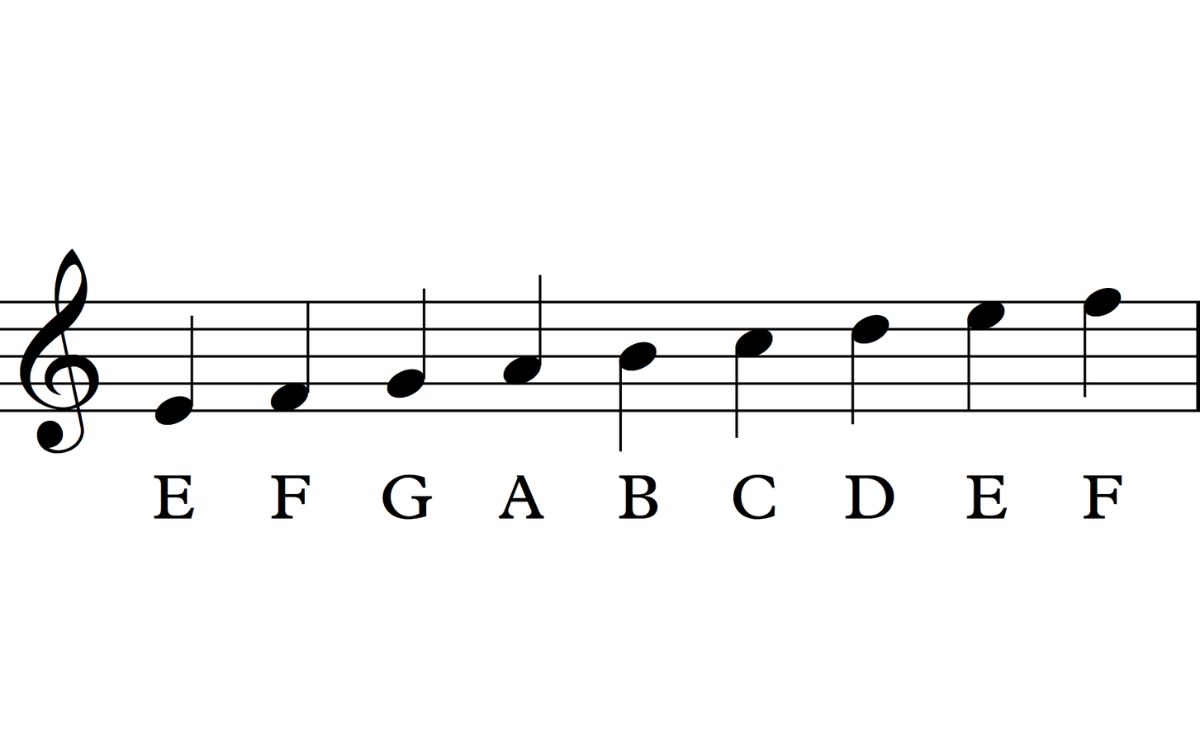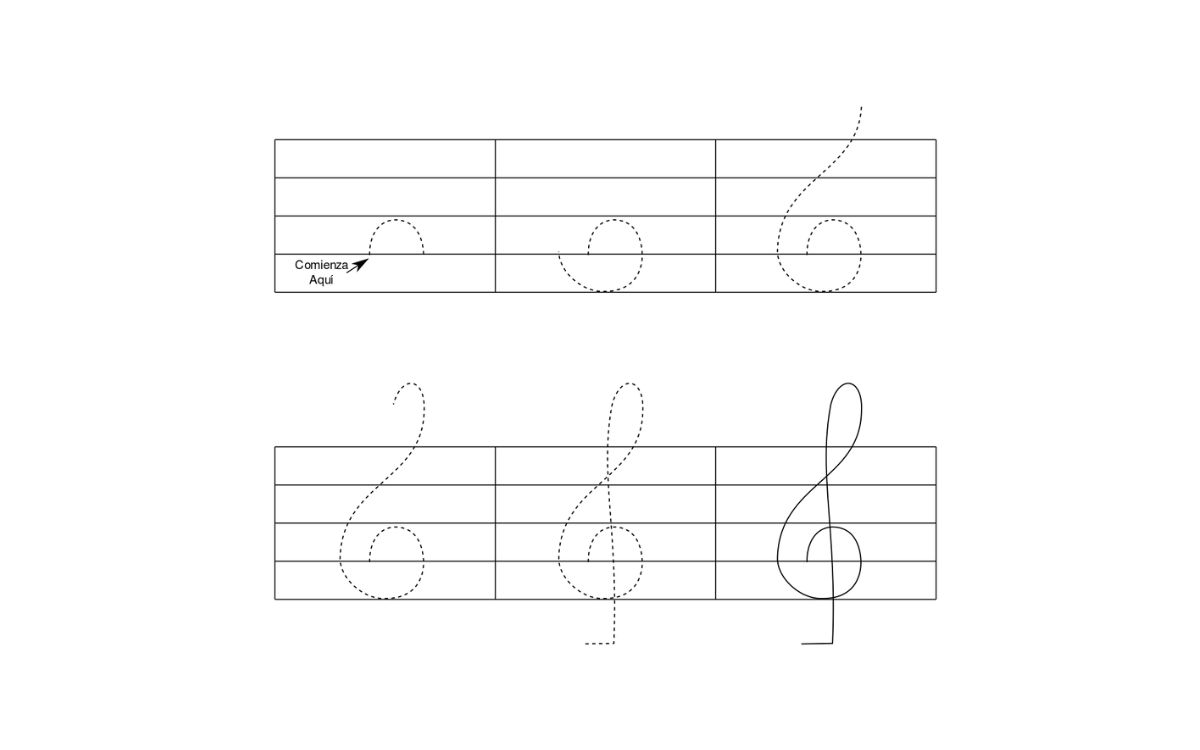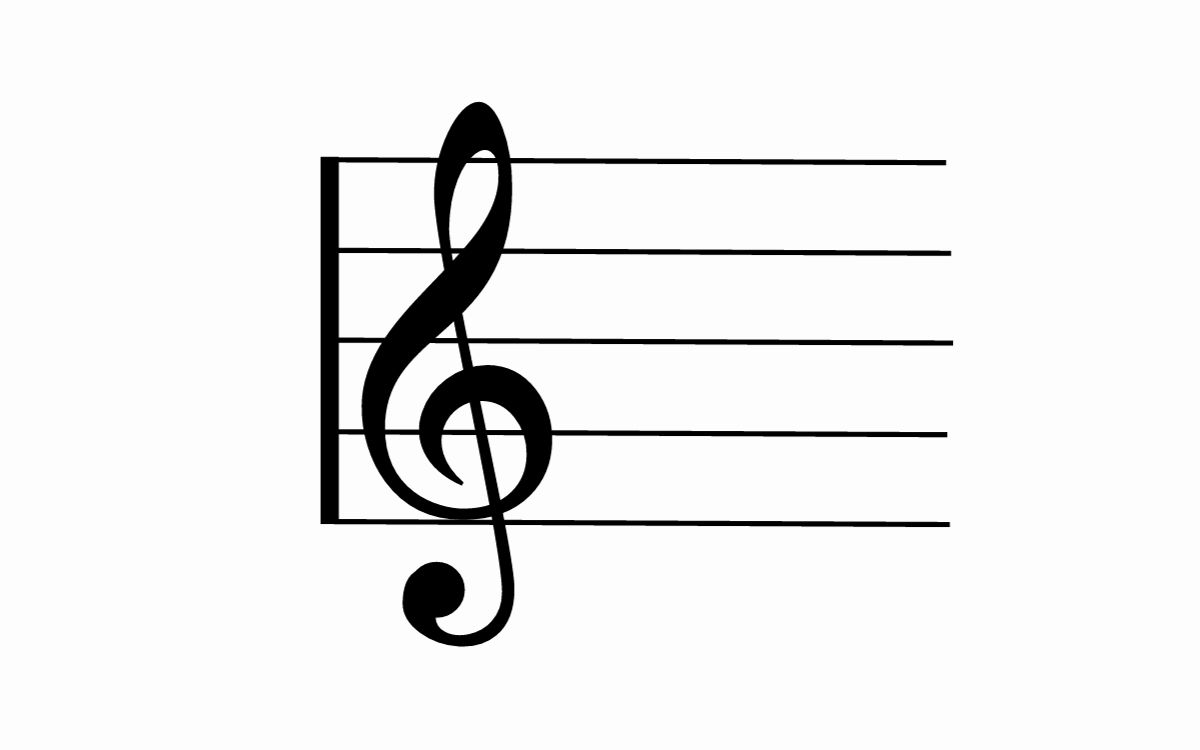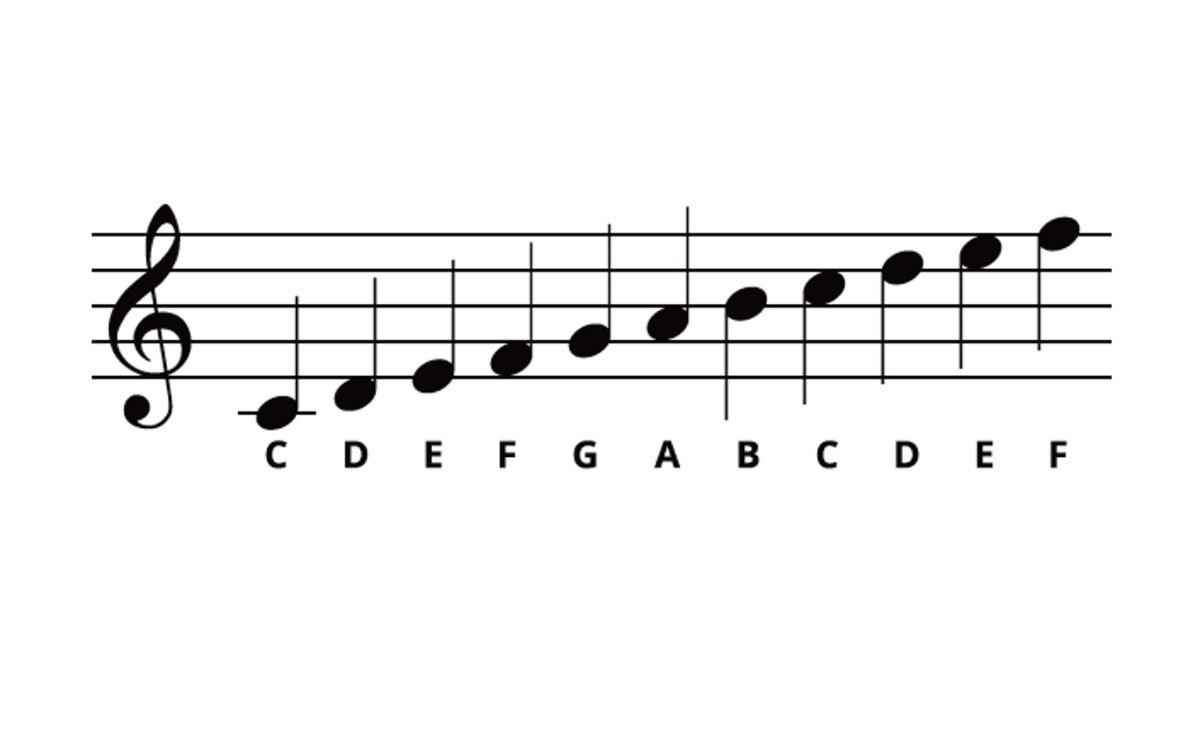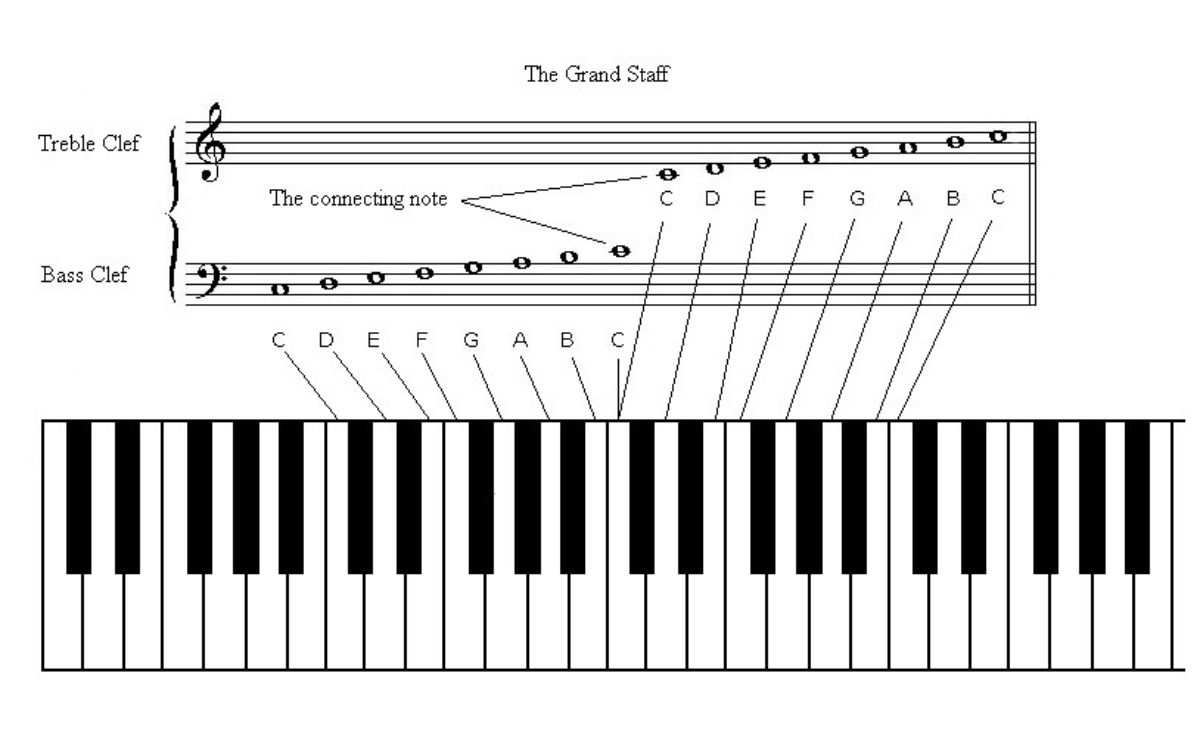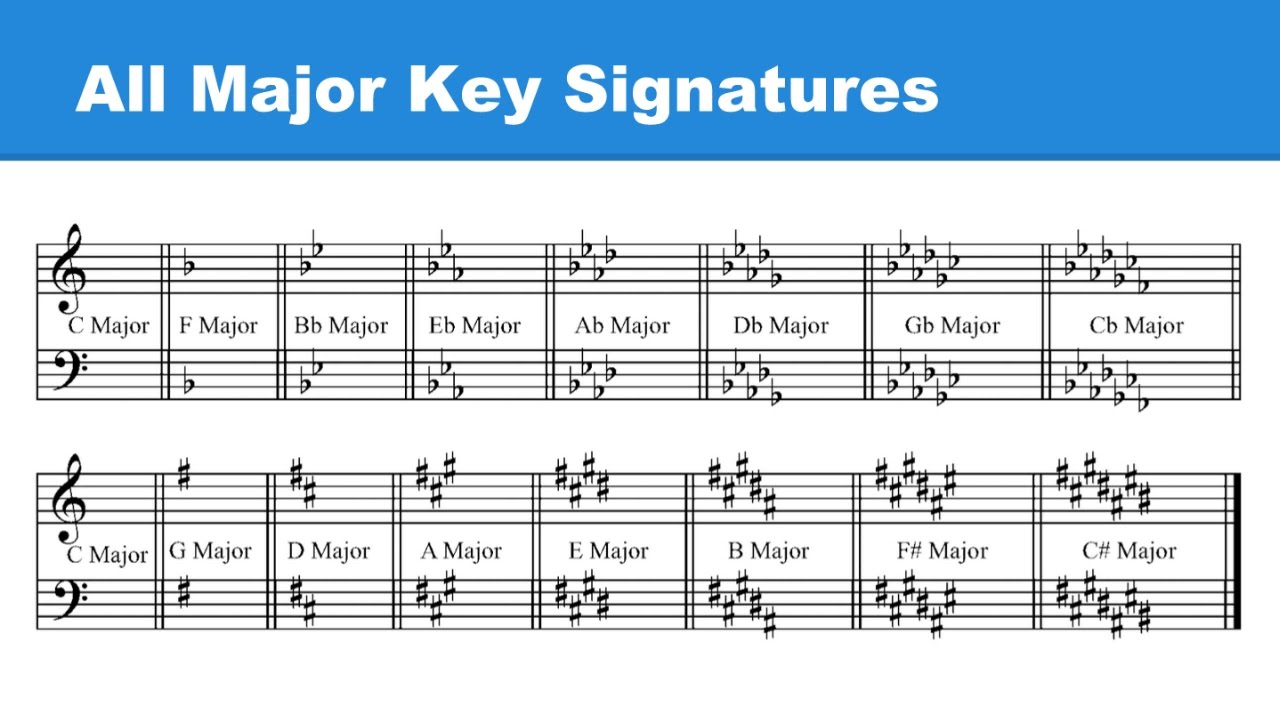Home>Production & Technology>Treble>How Do You Read A Clarinet In Bb On A Treble Clef
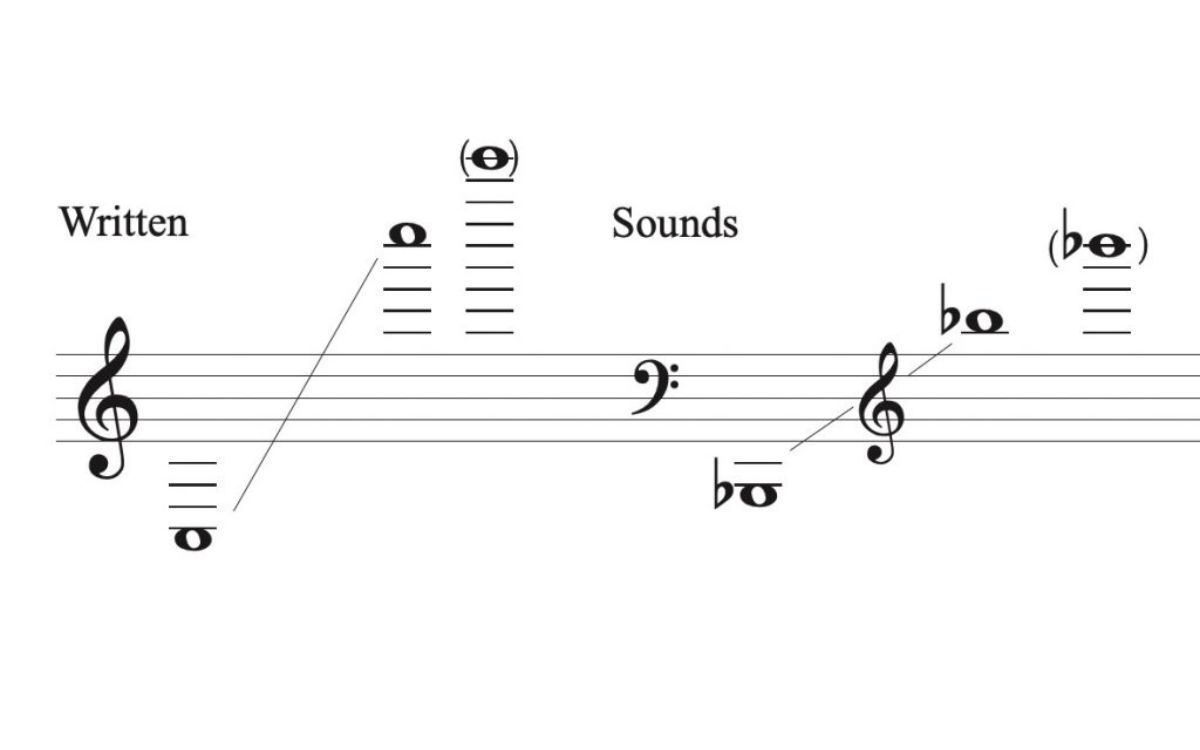

Treble
How Do You Read A Clarinet In Bb On A Treble Clef
Published: November 26, 2023
Learn how to read a clarinet in Bb on a treble clef and master the art of playing in the treble register.
(Many of the links in this article redirect to a specific reviewed product. Your purchase of these products through affiliate links helps to generate commission for AudioLover.com, at no extra cost. Learn more)
Table of Contents
Introduction
Are you a clarinet player who is new to reading music on the treble clef? Or perhaps you are a musician who wishes to understand how to read a clarinet in Bb on a treble clef? Look no further! In this article, we will explore the intricacies of reading a clarinet in Bb on a treble clef and provide you with essential tips to improve your understanding and mastery.
The clarinet is a beautiful and versatile instrument that is commonly used in various music genres, including classical, jazz, and marching bands. While the clarinet can be written in different keys, the Bb clarinet is the most common. Understanding how to read the Bb clarinet on a treble clef is crucial for clarinetists, as it allows them to effectively translate the written music into the correct fingerings and pitches.
On the other hand, the treble clef, also known as the G clef, is one of the most widely used clefs in music notation. It is predominantly used for instruments with higher pitch ranges, including clarinet, flute, and violin. Familiarizing yourself with the treble clef is essential for any musician who wishes to read music written for these instruments.
In this article, we will break down the steps to effectively read clarinet music on the treble clef. We will discuss note values, key signatures, and other musical symbols that you may encounter while reading music for clarinet. Additionally, we will provide you with tips and techniques to enhance your reading skills and make the process more intuitive.
Whether you are a beginner or an experienced clarinetist, this article will serve as a valuable guide to help you navigate and interpret music written for the clarinet in Bb on the treble clef. So let’s dive in and unlock the secrets to reading the clarinet in Bb on the treble clef!
Understanding the Clarinet in Bb
The clarinet is a versatile woodwind instrument that is commonly used in various musical genres. One of the most common types of clarinets is the Bb clarinet. The Bb stands for B flat, which indicates that when the instrument plays a written C, it sounds a concert B flat.
The Bb clarinet is a transposing instrument, meaning that its written music is not in the same key as the sounding pitch. To properly interpret and play the music written for the Bb clarinet, it is crucial to understand this transposition.
The Bb clarinet is a member of the clarinet family, which includes other clarinets in different keys, such as the A clarinet, bass clarinet, and Eb clarinet. Each of these clarinets has a different range and sound, allowing for a diverse tonal palette in ensemble and orchestral settings.
When playing the Bb clarinet, it is important to remember that the instrument is a transposing instrument, and that the written music should be interpreted accordingly. For example, if you see a C written on the music staff for clarinet, you will produce a B flat sound. This transposition is essential for understanding and correctly interpreting the music written specifically for the Bb clarinet.
Understanding the clarinet in Bb allows clarinetists to seamlessly read and perform music written for their instrument. It enables them to accurately produce the desired pitches and contribute to the overall sound of the musical ensemble. Whether you are a beginner clarinetist or an experienced player, having a solid understanding of the Bb clarinet will greatly enhance your musical journey.
Now that we have explored the basics of the clarinet in Bb, let’s move on to understanding the treble clef and how it relates to clarinet music.
Understanding the Treble Clef
The treble clef, also known as the G clef, is one of the most common clefs used in music notation. It is primarily used for instruments with higher pitch ranges, such as the clarinet, flute, and violin.
The treble clef is identified by the curly line that wraps around the second line from the bottom of the staff. This line represents the note G, giving the clef its alternative name, G clef. The arrangement of notes on the lines and spaces of the treble clef staff allows musicians to easily identify and play the corresponding pitches.
Each line and space on the treble clef staff represents a different note. The lines, from bottom to top, are E, G, B, D, and F. The spaces, from bottom to top, spell the word FACE.
Understanding how to read the treble clef is essential for musicians playing instruments in its range, like the clarinet. It allows clarinetists to identify the notes written on the staff and translate them into the corresponding fingerings and pitches on their instrument.
In addition to notes, the treble clef also contains other musical symbols and markings that provide additional information for the performer. These include key signatures, time signatures, dynamics markings, and more. Familiarizing yourself with these symbols will enable a deeper understanding of the music and enhance your ability to interpret and perform it accurately.
The treble clef is a fundamental aspect of music notation, and having a strong grasp of its structure and meaning is vital for any musician who reads music written for instruments in its range. Now that we understand the basics of the treble clef, let’s delve into the process of reading clarinet music on the treble clef.
Reading Clarinet Music on the Treble Clef
Reading clarinet music on the treble clef requires a combination of understanding the key signature, note values, and other musical symbols. By mastering these elements, you will be able to interpret and play music written for the clarinet with ease.
One of the first things to look for when reading clarinet music on the treble clef is the key signature. The key signature indicates which notes are naturally played as flats or sharps throughout the piece. As a clarinet player, it is important to be aware of the key signature to ensure that you are playing the correct pitches.
Next, familiarize yourself with the note values. Notes in sheet music are represented by different shapes, such as whole notes, half notes, quarter notes, and so on. Each note value has a specific duration, and understanding how to count and play these notes accurately is crucial. You can practice counting out loud while playing to improve your sense of timing and rhythm.
In addition to note values, you will also encounter other musical symbols on the treble clef staff. These symbols include dynamics markings (indicating the volume of the music), articulations (such as staccato or legato), and accents (emphasizing certain notes). Paying attention to these symbols will help you interpret the music with the appropriate expression and musicality.
When reading clarinet music on the treble clef, it is important to remember the transposition of the Bb clarinet. Mentally adjust the written pitch to the sounding pitch of your instrument. For example, if you see a written C, you will play a B flat on your Bb clarinet. This is a fundamental aspect of reading clarinet music on the treble clef.
As you become more comfortable with reading clarinet music on the treble clef, try practicing sight-reading exercises. This will improve your ability to quickly and accurately interpret new pieces of music. Start with simple melodies and gradually challenge yourself with more complex compositions.
Remember that consistent practice and exposure to different musical pieces will improve your reading skills over time. Take it step by step, and don’t be discouraged by challenges. As you continue to practice, you will become more fluent and confident in reading clarinet music on the treble clef.
Now that we have explored the process of reading clarinet music on the treble clef, let’s move on to some helpful tips to enhance your reading skills.
Tips for Reading a Clarinet in Bb on a Treble Clef
Reading a clarinet in Bb on a treble clef can be challenging, especially for beginners. However, with these helpful tips, you can improve your reading skills and confidently navigate through clarinet music written on the treble clef.
- Know your key signatures: Familiarize yourself with common key signatures and the corresponding flats or sharps. This will help you identify the key of the piece and adjust your fingerings accordingly.
- Practice scales and arpeggios: Regularly practice major and minor scales, as well as arpeggios. This will not only improve your technical skills but also enhance your understanding of key relationships and note patterns.
- Study etudes and exercises: Work on etudes and exercises specifically written for the clarinet. These pieces are designed to help you develop specific skills, such as finger dexterity, articulation, and intonation.
- Count and subdivide rhythms: When reading complex rhythms, count out loud and subdivide the beats. This will ensure that you play the correct rhythm and maintain a steady tempo.
- Use visualization techniques: Mentally visualize the fingerings while reading the music. This will help you anticipate the notes and improve your accuracy when transitioning between different pitches.
- Listen to recordings: Listen to professional clarinetists performing pieces written for the clarinet in Bb. This will familiarize you with the musical phrasing, interpretation, and overall sound of the instrument.
- Take it slow: Don’t rush through new pieces of music. Take your time to carefully analyze the notes, rhythms, and musical markings. Break down difficult passages into smaller sections and practice them slowly before gradually increasing the tempo.
- Seek guidance from a teacher: If possible, work with a clarinet teacher who can provide personalized instruction and guidance. They can help you correct any technical issues and offer valuable insights into the music you are studying.
- Stay consistent with practice: Regular and consistent practice is key to improving your reading skills. Set aside dedicated time for practicing clarinet music on the treble clef, and make it a part of your daily routine.
- Enjoy the process: Lastly, remember to enjoy the journey of learning and mastering the clarinet. Embrace the challenges and celebrate your progress along the way. The more you enjoy the process, the more motivated and committed you will be to advance your reading skills.
By implementing these tips into your practice routine, you will gradually become more confident and proficient in reading a clarinet in Bb on a treble clef. With persistence and dedication, you will be able to tackle any piece of music written for the clarinet and showcase your musical talent.
Now, let’s summarize everything we have discussed in the concluding section.
Conclusion
Reading a clarinet in Bb on a treble clef may seem daunting at first, but with the right knowledge and practice, it can become second nature. Understanding the clarinet in Bb and the treble clef is essential for clarinetists who want to accurately interpret and perform music written for their instrument.
In this article, we explored the basics of the clarinet in Bb, delving into its transposing nature and explaining how it differs from other members of the clarinet family. We also discussed the treble clef and its significance in reading music for instruments with higher pitch ranges.
We then delved into the process of reading clarinet music on the treble clef, highlighting the importance of key signatures, note values, and other musical symbols. We provided tips to improve your reading skills, including practicing scales and arpeggios, counting rhythms, and seeking guidance from a teacher.
Remember, learning to read a clarinet in Bb on a treble clef is a journey that requires time and dedication. Stay consistent with your practice sessions and don’t be afraid to challenge yourself with new pieces of music. Embrace the process and enjoy the beauty of playing the clarinet.
By following the tips outlined in this article, you will gradually become more comfortable and proficient in reading clarinet music on the treble clef. Remember to approach your practice with patience and a positive mindset, as every step you take brings you closer to becoming a more skilled and expressive clarinetist.
So, keep practicing, stay motivated, and let the clarinet in Bb on the treble clef guide you towards new heights of musical excellence. Happy playing!

